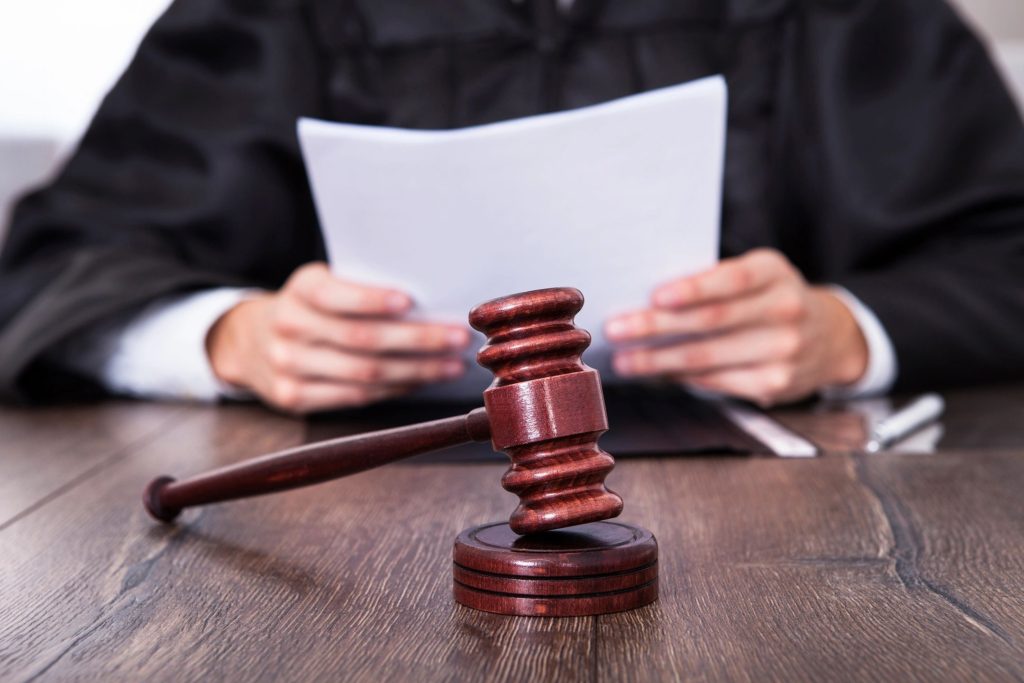How can I remove squatters from a commercial property?

For owners of commercial properties, the possibility of squatters can be a worrying prospect. This can especially be the case if a property lies unused for a period of time, as this can be an opportunity for squatters to take advantage of the property being empty.
It isn’t just as easy as removing the squatters yourself, as doing so can mean you may be committing an offence. Instead, there are legal routes you can go down to force the squatter to remove themselves from your property. As this can be quite a complex area of property litigation law, it’s always advised that you seek legal advice from a solicitor.
What can be called a squatter on commercial property?
Commercial properties are designated as non-residential properties, which is any building or land that is not designed to be lived in. The laws surrounding commercial properties and squatters are different from those that govern residential properties, and in most cases, squatters can be removed quite quickly.
However, a person simply being on a commercial property without permission is not usually a crime. However, police can take action if squatters commit crimes while entering or staying in a property.
Crimes include, but aren’t limited to, the following:
- Causing damage while entering or in the property
- Stealing from the property
- Refusing to leave when told to by a court
- Using utilities, such as gas or electricity, without permission
- Fly-tipping
If someone is seen breaking into or damaging property, police must be called.
What is the process of removing squatters from a commercial property?

It is possible to remove squatters without going to court. You can employ enforcement officers to talk to the squatters and try and reason with them. If they don’t leave, a court order will have to be made.
An application will need to be made to the court to remove a squatter from a commercial property. Evidence must be provided to show the court that:
- You own the land or property
- There are trespassers on your commercial property or land
A solicitor will help you gather the correct evidence.
The application that needs to be made to a court is known as an interim possession order (IPO). An IPO can only be applied for if it has been 28 days or less since squatters have been discovered on your property. Once the application form has been filled out, it can be sent to your local county court who will confirm the IPO within a few days. The court will also send over documents that must be served to the squatters within 48 hours (usually carried out by a process server).
Once squatters have been served with an IPO, they can be sent to prison if they don’t leave the property within 24 hours and must stay away from the property for 12 months. A bailiff can be instructed to remove the squatters from the property if the squatters don’t leave voluntarily, removing them with no more than reasonable force. A claim for possession must also be made for you to get final possession of your property, which can be done on the IPO form.
Can I always use an IPO?
There are three circumstances where an IPO can’t be used to evict squatters.
You can’t use an IPO if you are also making a claim for damage caused by squatters. In this case, an ordinary claim for possession needs to be made.
You can’t use an IPO if it has been more than 28 days since squatters were discovered. Again, an ordinary claim for possession will need to be made.
Finally, if you’re trying to evict former tenants, sub-tenants or licensees. In this case, private renting for tenants eviction procedures must be followed.
Tia, and TipsfromTia.com is trying to keep you looking good and
feeling good, from the inside out. If you’ve got a problem or a tip email me! Be sure to Like and share on Facebook or Follow on Twitter or Instagram.
